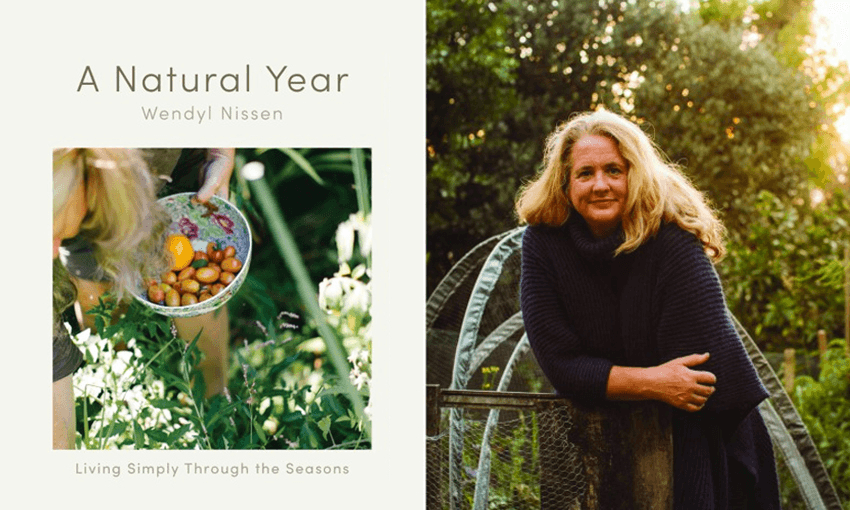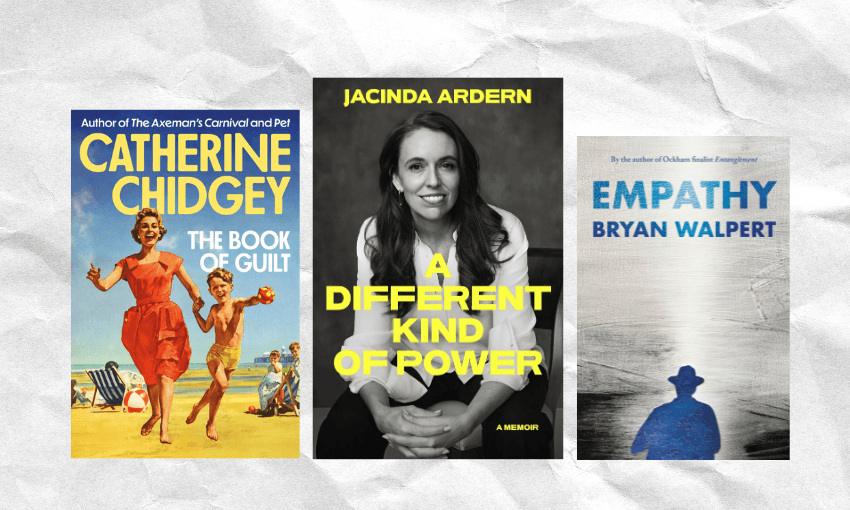Thank goodness for Wendyl Nissen and her chooks.
After my second miscarriage, the counsellor at Fertility Associates told us to think about what our ideal lives would look like if we were unable to have a second child.
The only thing I could think of was: chickens. I would like chickens, maybe five or six of them. Burk burk. Oh, yes. I would like to look out the window while I was doing dishes and see them pottering and nodding. It would make me feel like pottering, too. I would like the ritual of feeding them and chucking out the old straw, or whatever you do with chooks, but most of all I would like the buuuurrk burk burk.
We didn’t get chooks. We did have a second baby. She was about 10 months old in March when the world upended. In those last few days before lockdown was announced, I was intolerably anxious – the lack of certainty, the compulsion to prepare – and to counter this, whenever Leo slept during the day I would take the monitor into our huge, scruffy garden, and eat a decent lunch for once, and read Wendyl Nissen’s A Natural Year. This choice, from a towering, glittering to-read pile, was … unexpected. But something about the fucked-up-ness of real life just then had erased any inclination – and ability, it felt like – to read a novel. What I needed was a soothing wallow in the true and mundane. Only a prettier, calmer, more predictable mundane than my own.
A Natural Year is Nissen’s third book; the first two were called The Natural Home: tips, ideas & recipes for a sustainable life, and A Home Companion: my year of living like my grandmother. I have not read either of them, or even considered doing so.
“By the time it was finished I found it hard to describe what it was,” she writes in the intro to A Natural Year. “A series of essays written over a year that was not the year I expected, I suppose.”
The book’s split into four clear seasons, so the “over a year” part comes through strongly. But it’s not really essays. It’s bitsier than that: the odd anecdote or treatise on menopause, surrounded by recipes and photos and lists and advice on how to get rid of leg mites. There’s a moving section about grief – Nissen’s mother died in winter, and some of her best writing is about the importance of the familiar, then. “You need your home and your bed. You need your cat on your lap and your dogs at your feet.” But you’re not there for the writing. Or the recipes, really. You’re there for the reminder that sometimes, if you’re very lucky, you do get to picture your ideal life and then actually make it happen. Or if you can’t, then at least you can just hang out in Nissen’s for a bit.
It felt like a portal. I’d open at a random page and lose myself in a timeless green swoon. There would be butter to churn and rose petal sandwiches for morning tea. Nissen would be off somewhere hugging a cow or knitting a dishcloth. I might wander down to the beach and hug a big-ass boulder, which she swears is better than transcendental meditation. I might apply a peaches and cream face mask made of actual peaches and cream. Burk! Chickens? Oh, yes.
Maybe there’d be a storm so we’d sit inside and work our way through Nissen’s list of “comfort cosy books for anxious women”, which is comically long and dominated by Muriel Spark, Dorothy Whipple and Elizabeth Taylor, with a special place reserved for Eleanor Oliphant Is Completely Fine (which Wendyl makes sound lovely, but IRL I am unable to get through). When the weather calmed we’d put our gummies on and collect buckets of seaweed for compost tea. Maybe bung a loaf of bread in the oven.
At some point I’d realise my shoulders had dropped and I was no longer hyperventilating.
Occasionally, through those afternoons in the garden, my fairy godmother Nissen would notice me getting twitchy and she’d look over and say sensible, soothing things like, “I think the most important thing to do when you’re a middle-aged woman is what feels right.” Or she’d tell me mindfulness is bullshit and it’s fine to take medication for the anxiety if I need to. Or: “You can get rid of black spot on your rose bush leaves with onion skins.”
At other times she seemed to be describing a parallel universe. Nissen’s, what, 20 years older than me? She writes lots of stuff like this: “How many times have you sat down with a friend who has told you how fat she is, how ugly she is, how she’s gained weight, how she hates herself?”
No times. Really, no times.
Or: “I also think we need to stop the group hate sessions that happen when women get together. We’ve all been there. One woman says she hates her bottom, then we all pile on with the things we hate about our own bodies. Then the discussion turns to the latest diet, the latest exercise routine and the latest cosmetic surgery.”
This is truly not a thing my friends do, or that I’ve ever encountered a group of women doing, and that includes the motley bunch at Playcentre and the antenatal groups and a succession of workplaces. Maybe I have surrounded myself with weirdly self-confident women – or maybe overt, chit-chatty body-loathing is less of a thing now, and maybe we can thank women like Nissen for that.
She’s not here to sell anything and that’s part of what makes the book so immensely relaxing. I would basically buy anything she told me to (I did buy a Weleda moisturiser she recommends, even though they also do homeopathy which is deeply not my bag). She could have sold the shit out of knitwear – she’s been shot wearing all these shaggy-bear natural fibre poncho situations that probably cost a thousand dollars – but there’s no little “Wendyl dressed by [label]” note. A breather, in this world that’s hellbent on selling you stuff.
The simple fact that this book came out when it did felt reassuring. Like: yes, bugger it, we will launch this book into the tumult of level three. Yes, we know, other books have been bumped way back and the global publishing schedule is shot and the libraries are still shut but this book is now available in all good bookshops. All is well. Here is how to make lemon curd. Here is a photograph of Nissen picking figs in the autumn sun. Here is a little story about some stray cats.
“I hope that you also find some stuff to think about that might help you live in this world, which is confusing and unsettling for so many of us,” she writes of the book. I really did, and I’m thankful for it.
Each afternoon, after an hour or so, bub would start to chortle and chirp in her cot. I’d take my lunch dishes inside and then I’d come back for the book, enjoying the good weight of it in my hands. It is heavy: a bowl of crimson heirloom tomatoes, maybe, or a dense loaf of bread. It’s a paperback, not quite cookbook-sized. It has a beautiful clear design. Lots of white space. Exactly big-enough text. Emily Hlavac Green seems to have shot the whole thing during the golden hour – but then it’s always the golden hour at Nissen’s, in the Hokianga, where you wear Red Bands all winter long and the chooks go burk burk burk.
A Natural Year: Living Simply Through the Seasons, by Wendyl Nissen (Allen & Unwin, $45), is available from Unity Books.



